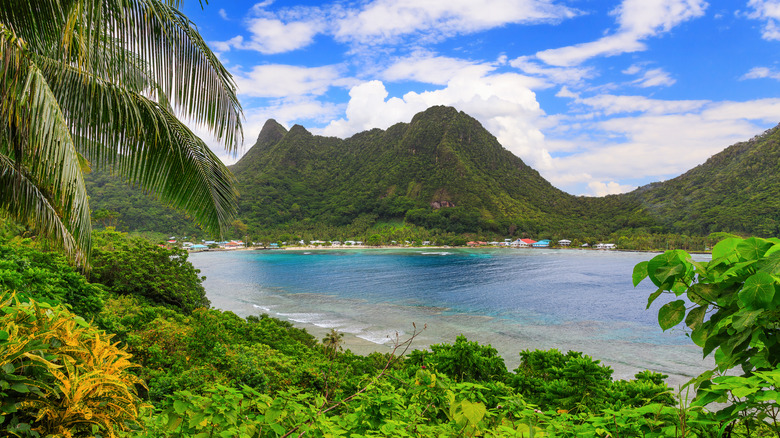Discover the Hidden Gem of American Samoa
Tucked away in the South Pacific, American Samoa offers a unique blend of natural beauty, rich history, and cultural heritage. This U.S. territory is often overlooked by travelers, but it boasts stunning coral reefs, lush tropical landscapes, and a fascinating connection to both World War II and the Apollo space program. With no visa requirements for U.S. citizens, it’s an accessible destination that promises unforgettable experiences.
A Land of History and Heritage
The largest island in American Samoa, Tutuila, serves as the heart of this territory. Covering just 55 square miles, it is home to most of the population and features a diverse array of historical sites. From WWII-era batteries to remnants of the Apollo missions, the island is steeped in stories that shaped global events.
During World War II, American Samoa became a strategic location due to its proximity to Japan. The island witnessed the arrival of thousands of U.S. military personnel and saw the retraining of local forces known as the Fitafita Guard. In 1942, a Japanese submarine launched a shell attack on Tutuila, sparking fears of further assaults. However, the threat was short-lived, and by 1944, military operations were disbanded. Today, visitors can explore historic sites like Blunts Point Trail, which leads to a former battery and offers breathtaking views of the island’s natural beauty.
American Samoa also played a crucial role in the Apollo program. The splashdown of Apollo 12 took place in Samoan waters, and Apollo 13 made a stop in Pago Pago before returning to Houston. These moments highlight the island’s unexpected yet significant contributions to space exploration.
Natural Wonders and Adventure
Beyond its historical significance, American Samoa is a paradise for nature lovers. The National Park of American Samoa, the only U.S. national park in the South Pacific, spans three islands: Tutuila, Ta’ū, and Ofu. It protects tropical rainforests, unique wildlife, and some of the most pristine coral reefs in the world.
Visitors to Tutuila can enjoy hikes through lush forests, snorkeling in crystal-clear waters, and exploring secluded beaches. The underwater section of the park covers about 4,000 acres, offering an incredible array of marine life. Snorkelers can spot vibrant coral formations, colorful fish, and even small sharks. One of the most notable sights is Fale Bommie, or “Big Momma,” a massive coral structure that reaches up to 20 feet in height.
For those interested in the local economy, a visit to the StarKist tuna canning factory in Pago Pago provides a glimpse into the island’s fishing industry. The factory is home to the iconic Charlie the Tuna statue, a popular spot for photos.
Planning Your Visit
Traveling to American Samoa requires some planning, as flights are limited and can be costly. Hawaiian Airlines is the only carrier offering direct flights from Honolulu, while other options require one or two stops from major U.S. airports. Prices vary depending on the season, with September typically being the cheapest month to fly, averaging around $800. Traveling during the shoulder season, similar to other tropical destinations like Maui, can help reduce costs and avoid crowds.
Despite the logistical challenges, American Samoa offers a rare combination of history, natural beauty, and cultural richness. Whether you’re exploring ancient war relics, diving into vibrant coral reefs, or simply soaking in the island’s serene atmosphere, this hidden gem is sure to leave a lasting impression.



